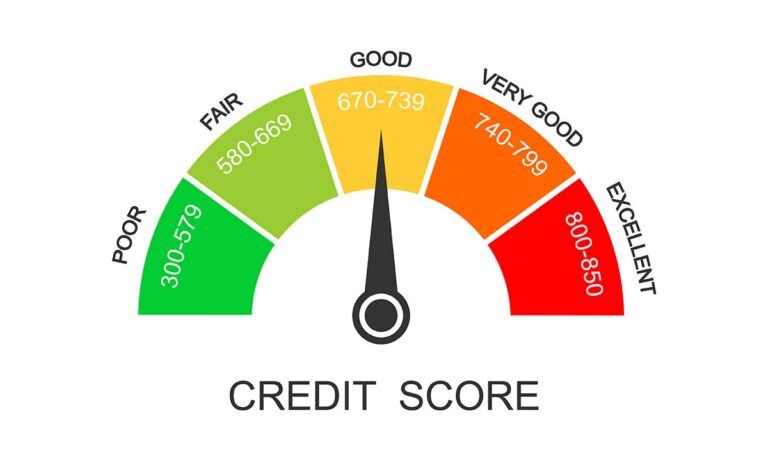Why Is My FICO Score So Important in Getting a Mortgage?
Most lenders rely on a credit score, called a “FICO score” to determine a Borrower’s creditworthiness when applying…

Most lenders rely on a credit score, called a “FICO score” to determine a Borrower’s creditworthiness when applying…

Depending on your annual income, cash reserves, creditworthiness, and the appraised value of the property, you may be…

Kristen and Ben had been looking for the right property to buy for over six months. They finally…

Once you have opened escrow and given the escrow officer the details of your purchase, you will next…

Under the direction of the Consumer Finance Protection Bureau (CFPB), lenders must give borrowers two important disclosure forms…

Lona Hamilton had been struggling to make her mortgage payments for the last year and a half. She…

Seller financing can be a useful tool to not only the Buyer but also to the seller. With…

Consider banks, savings and loan offices and loan brokers: Find out what types of loans are available and…
With home prices on the rise, it’s easy to assume that property appraisal levels will increase accordingly. But…
(Most states require sellers to fill out a disclosure form or disclose material facts about the property. To…
PMI or Private Mortgage Insurance insures lenders against losses when they have to foreclose and can only sell…
A recent study by the Consumer Financial Protection Bureau reported the results of a year-long study to identify…

While there is no “best” way to improve your credit score, as each of the three main credit…
While the plat map attached to your preliminary title report will show the boundaries of the property, it…
Dear Sandy, I chose an adjustable rate mortgage in 2003, interest only, based on the LIBOR index. The…
If you inherit a property in which there is a mortgage, under the federal law called the Garn-St….
If you have been denied credit in the past 30 days, you have the right to request a…
Many lenders participate in the Community Home Buyer’s Program, sponsored by Fannie Mae, which is specifically tailored for…